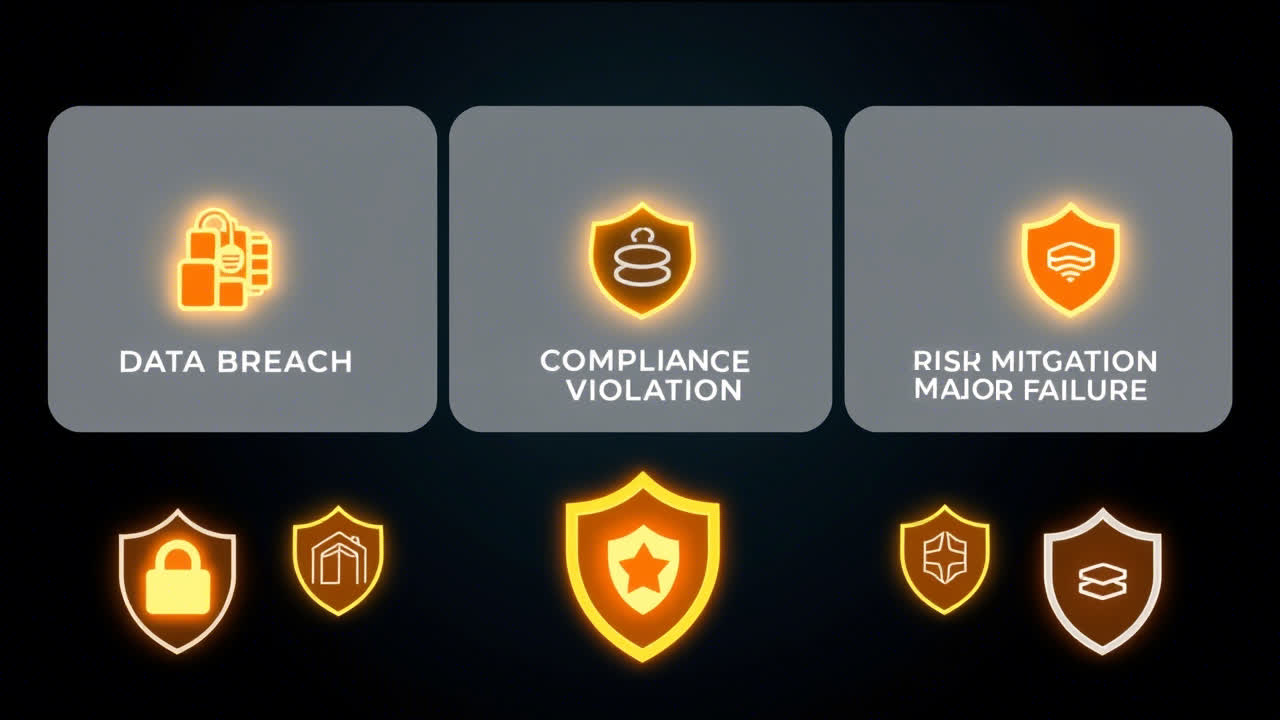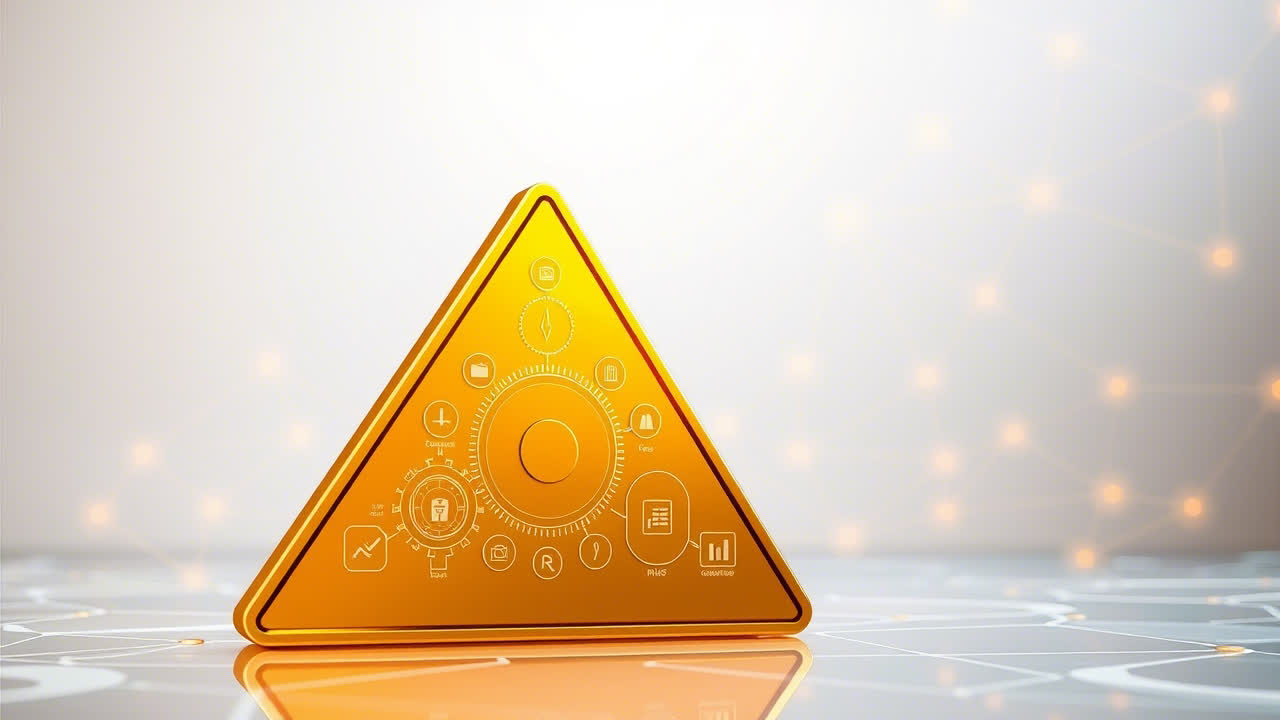Risk Management in ICT: A Comprehensive Guide with eGRACS©
Master the art of identifying, assessing, and mitigating ICT risks using the eGRACS framework.
 In the digital age, ICT systems form the backbone of organisational operations. But with great technological power comes significant risk. From cyber threats to compliance pitfalls, managing ICT risks is more critical than ever. The eGRACS framework offers a structured approach to risk management, helping organisations proactively identify, assess, and mitigate potential vulnerabilities.
In the digital age, ICT systems form the backbone of organisational operations. But with great technological power comes significant risk. From cyber threats to compliance pitfalls, managing ICT risks is more critical than ever. The eGRACS framework offers a structured approach to risk management, helping organisations proactively identify, assess, and mitigate potential vulnerabilities.
What Is ICT Risk Management?
ICT risk management involves identifying potential threats to your organisation’s information and communication systems, assessing their impact, and implementing measures to reduce vulnerabilities. It’s not just about avoiding risks but also ensuring your ICT environment remains resilient and adaptable in the face of challenges.
Common ICT Risks Organisations Face
1. Cybersecurity Threats
From phishing attacks to ransomware, cybersecurity threats can compromise sensitive data and disrupt operations.
2. Compliance Violations
Failure to meet regulatory requirements like GDPR or ISO 27001 can lead to hefty fines and reputational damage.
3. System Failures
Outages, hardware failures, and software glitches can result in lost productivity and increased costs.
4. Insider Threats
Employees with malicious intent or accidental actions can create vulnerabilities in your ICT systems.
5. Technology Obsolescence
Outdated systems that no longer receive updates can expose your organisation to security gaps and inefficiencies.
How eGRACS Addresses ICT Risks
 The eGRACS framework provides a robust methodology for managing ICT risks, ensuring that all vulnerabilities are addressed proactively and systematically.
The eGRACS framework provides a robust methodology for managing ICT risks, ensuring that all vulnerabilities are addressed proactively and systematically.
1. Proactive Risk Identification
eGRACS uses structured controls to monitor and identify potential risks across your ICT environment.
2. Comprehensive Risk Assessment
With eGRACS, risks are evaluated based on their likelihood and potential impact, enabling prioritisation and informed decision-making.
3. Effective Risk Mitigation
From implementing technical safeguards to revising policies, eGRACS ensures mitigation strategies are tailored to your organisation’s needs.
4. Continuous Monitoring
eGRACS emphasises ongoing risk evaluation, ensuring that new threats are identified and addressed promptly.
Benefits of ICT Risk Management with eGRACS
- Enhanced Security: Protects your systems from internal and external threats.
- Regulatory Compliance: Ensures adherence to standards like GDPR, HIPAA, and ISO 27001.
- Operational Resilience: Keeps systems running smoothly, even during disruptions.
- Informed Decision-Making: Provides actionable insights to guide risk-related strategies.
Who Should Use eGRACS?
eGRACS is designed for a diverse range of industries and organisations, including:
- Finance: Streamlines governance processes to meet strict regulatory standards.
- Healthcare: Protects patient data while ensuring HIPAA compliance.
- Retail: Aligns ICT operations across multiple locations for improved efficiency.
- Technology: Supports innovation while maintaining robust risk management practices.
Take Control of ICT Risks with eGRACS
Don’t leave your organisation vulnerable to ICT risks. With eGRACS, you can master risk management and ensure your systems are secure, compliant, and resilient. Get started today!